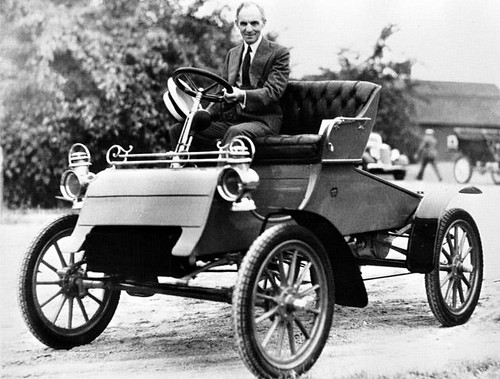The United States launches Landsat 1, the first Earth-resources satellite.
Landsat 1, officially known as the Earth Resources Technology Satellite 1 (ERTS-1), was the first satellite in the United States’ Landsat program and the world’s first Earth-resources satellite. It was launched on July 23, 1972, by NASA (National Aeronautics and Space Administration) in cooperation with the USGS (United States Geological Survey). The primary purpose of Landsat 1 was to gather valuable data about the Earth’s land surfaces from space.
Payload: Landsat 1 was equipped with several sensors and cameras to collect data in different spectral bands, including the Return Beam Vidicon (RBV) camera and the Multi-Spectral Scanner (MSS). These instruments allowed the satellite to capture images of the Earth’s surface with varying resolutions and spectral capabilities.
Orbit: The satellite operated in a sun-synchronous polar orbit, which means it circled the Earth at a fixed local solar time. This orbit allowed consistent lighting conditions during each pass over a given area, making it easier to compare images over time.
Mission Duration: Landsat 1 had a successful mission life and operated for about six years. Its mission concluded on January 6, 1978.
Image Resolution: The RBV camera provided high-resolution images with a ground resolution of about 80 meters, while the MSS instrument had a ground resolution of approximately 80 meters for bands 1-4 and 156 meters for band 5.
Data Collection: Landsat 1 played a crucial role in monitoring various Earth resources, including land use, agriculture, forestry, geology, water resources, and environmental changes. The data collected by Landsat 1 contributed significantly to the understanding of global land cover and land use changes.
Successors: Following the success of Landsat 1, several other Landsat missions were launched, each with improvements in technology and data collection capabilities. These subsequent missions, such as Landsat 2, Landsat 3, and so on, further advanced the understanding of Earth’s resources and environmental changes.
The Landsat program, with its series of satellites, has been pivotal in providing long-term, consistent, and valuable Earth observation data. The continuous data collection over several decades has been instrumental in monitoring changes in the Earth’s land surfaces, studying natural disasters, and supporting numerous scientific, environmental, and societal applications.


